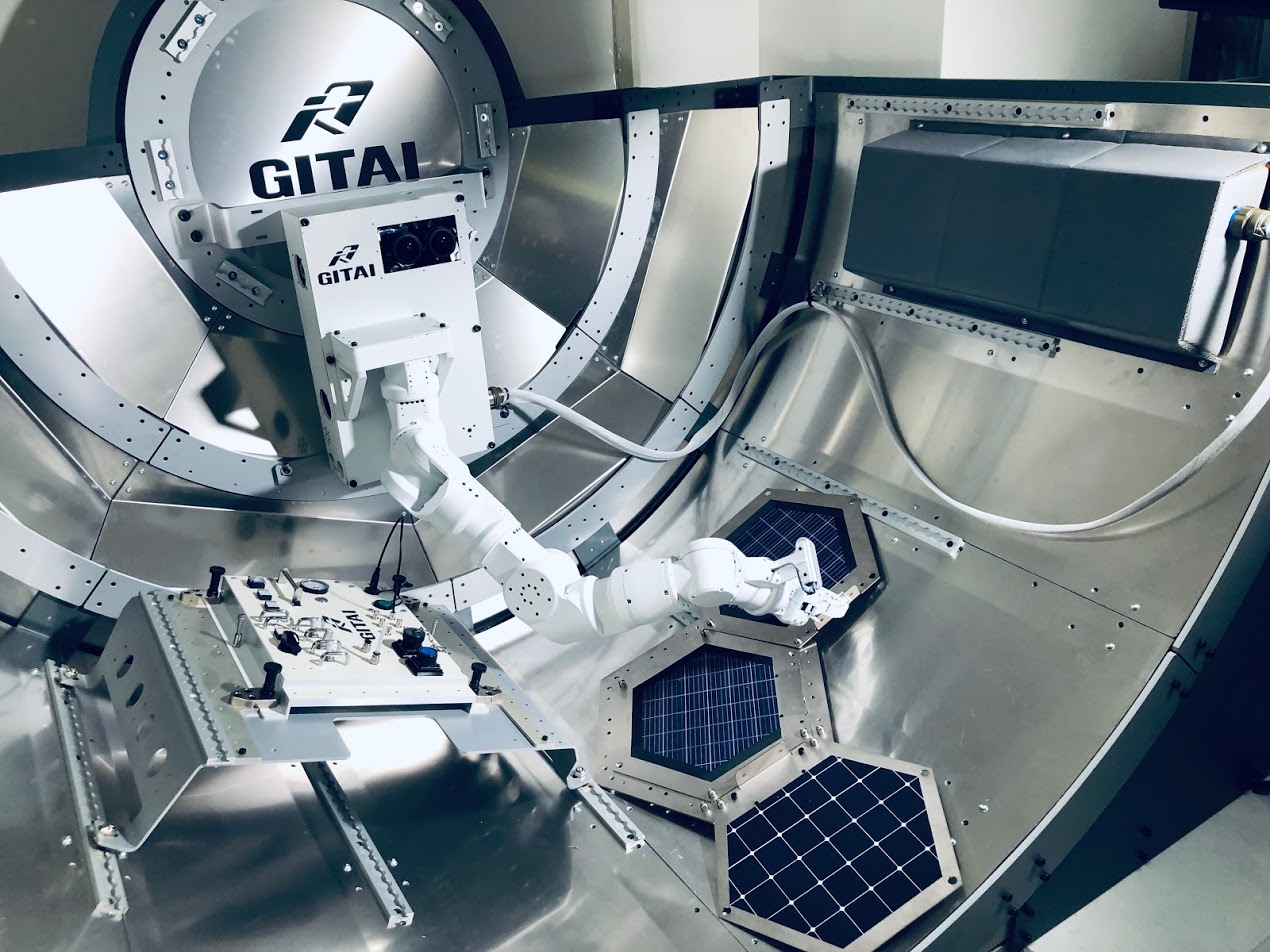In the ever-evolving landscape of space exploration, innovation takes center stage. Recently, Tokyo-based startup Gitai Japan made significant strides by demonstrating its autonomous robotic arm inside the International Space Station (ISS). This pivotal achievement marks a major milestone towards a future where robotics play an integral role in advancing our capabilities beyond Earth. Let’s dive deeper into what this means for the aerospace industry and the future of space exploration.
The Successful Technology Demonstration
Last week, Gitai showcased its S1 robotic arm in a technology demonstration that performed crucial tasks such as operating cables and switches, as well as assembling structures and panels. These functions represent common activities conducted by crew members aboard the ISS, thus proving the arm’s versatility and potential for a wide range of in-space applications.
The demonstration was conducted in the Bishop Airlock, developed by Nanoracks, which is the world’s first commercial airlock attached to the ISS. This strategic collaboration underscores the growing trend of commercial partnerships in space ventures, pushing the boundaries of what private companies can achieve in collaboration with organizations like NASA.
From TRL 6 to TRL 7: A Step Towards Commercialization
One of the success indicators for the Gitai robotic arm was its elevation to Technology Readiness Level (TRL) 7, as designated by NASA. Achieving this status is crucial for Gitai as it seeks to commercialize its robotics services in space. With nine levels of TRL established to evaluate the maturity of technologies, Gitai is strategically positioning itself at the forefront of this emerging market.
The Future of Space Robotics
- On-Orbit Servicing of Spacecraft
- Construction and Manufacturing Tasks
- Exploration and Maintenance of Space Stations
Gitai’s vision extends beyond robotic arms; the company envisions a robotic workforce that could pave the way for creating space colonies on celestial bodies like the Moon and Mars. Such advancement will not only expedite human presence in these off-world environments but will also reduce the risks associated with human labor in space.
Funding and Growth Prospects
Gitai’s commitment is also reflected in its recent $17.1 million Series B funding round aimed at accelerating its development and operations. This financial boost will help fuel the upcoming satellite servicing tech demo scheduled for 2023. With increasing investments in such technologies, space startups like Gitai are setting the stage for transformative changes in space operations.
Conclusion: Toward a Robotic Future in Space
Gitai’s autonomous robotic arm heralds an exciting chapter in the story of space exploration. With successful demonstrations and commercial aspirations, the company is not just creating robotics; it’s essentially crafting the framework for a sustainable human presence in space. As we venture further into the cosmos, the integration of autonomous systems will undoubtedly enhance our capabilities and safety margins.
For more insights, updates, or to collaborate on AI development projects, stay connected with fxis.ai. At fxis.ai, we believe that such advancements are crucial for the future of AI, as they enable more comprehensive and effective solutions. Our team is continually exploring new methodologies to push the envelope in artificial intelligence, ensuring that our clients benefit from the latest technological innovations.

